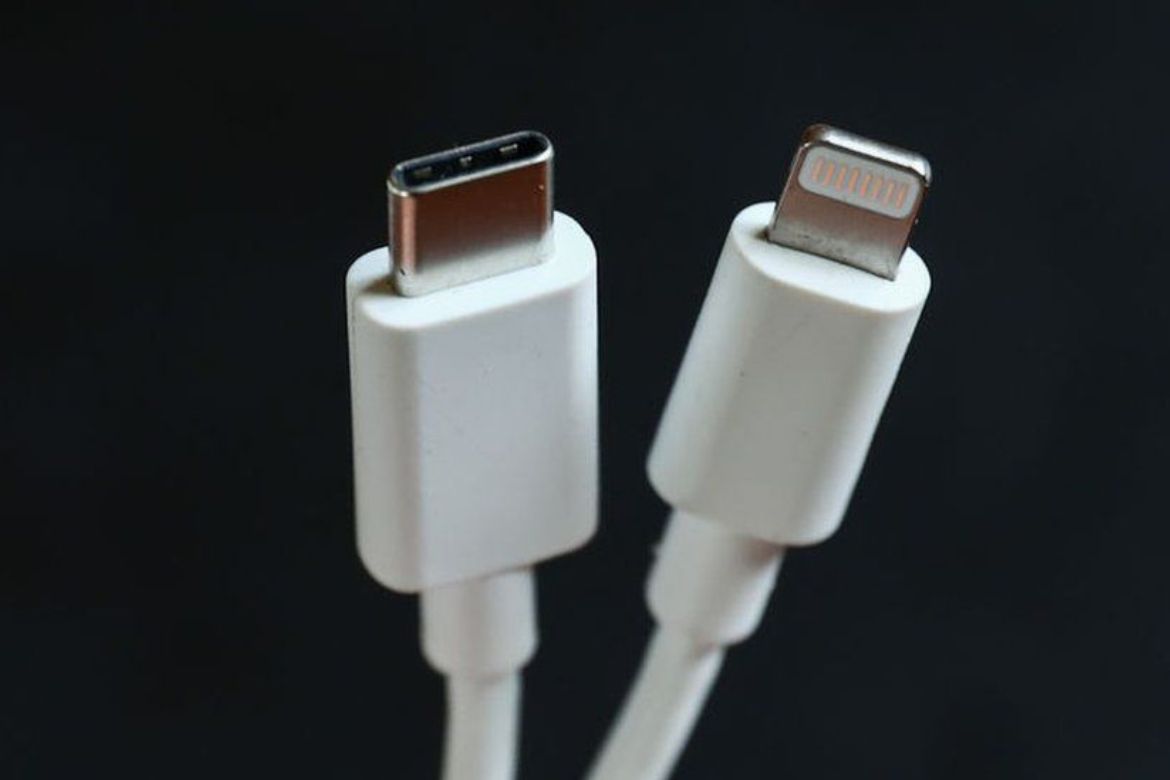Apple’s Upcoming iPhone to Embrace USB-C Charging, Aligning with EU Mandate.
When Apple unveils its latest iPhone on September 12, it’s highly likely to feature a USB-C charging port. This departure from Apple’s proprietary Lightning adapter, in contrast to competitors like Samsung, is driven by European Union regulations. A European law mandates that phone manufacturers adopt a common charging standard by December 2024, aiming to reduce consumer expenses and electronic waste.
While most recent Apple products, including the latest iPads, already incorporate USB-C connectors, the company had initially resisted the EU rule. In September 2021, an Apple spokesperson expressed concerns, stating, “Strict regulation mandating just one type of connector stifles innovation rather than encouraging it, which in turn will harm consumers in Europe and around the world.”
Adapters allowing Lightning to USB-C conversion are already available from various electronics brands, including Amazon. Additionally, all iPhones since the iPhone 8, released in 2017, support wireless charging.
The iPhone 14 appears to be the last Apple device exclusively using the Lightning cable, suggesting the beginning of the end for this cable, which retails for £19 on the Apple Store. It remains unclear whether this change will apply globally, as Apple is less likely to create a separate European version of its handset.
Anticipated changes are expected to be featured in the new iPhone 15 and iPhone 15 Pro, set to be unveiled at the upcoming annual autumn event. According to Bloomberg News, user benefits of this transition include the ability to use a single charger for iPads, Macs, and iPhones, along with faster download speeds.
The EU’s common-charger rule encompasses a variety of “small and medium-sized portable electronics,” including mobile phones, tablets, e-readers, mice, keyboards, GPS devices, headphones, digital cameras, handheld gaming consoles, and portable speakers. All these devices, when charged with a wired cable, must have a USB Type-C port, regardless of the manufacturer.
While laptops must also eventually comply with these rules, manufacturers have more time to implement the changes. The EU expects these regulations to save consumers “up to €250m [£213m] a year on unnecessary charger purchases” and reduce electronic waste by 11,000 tonnes annually.



